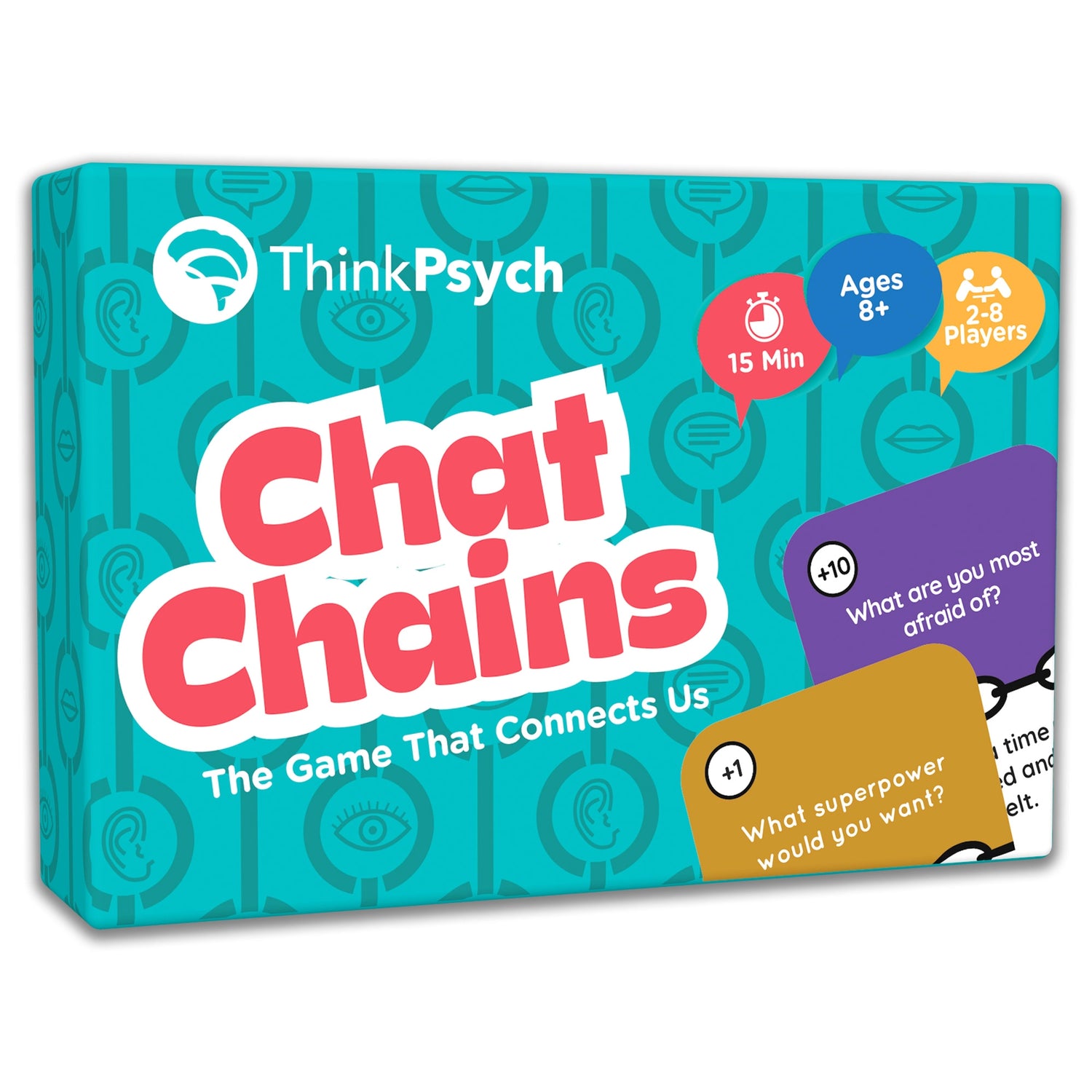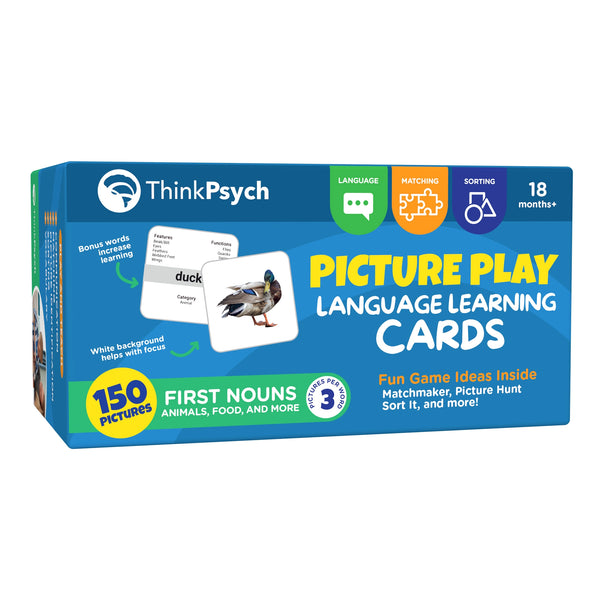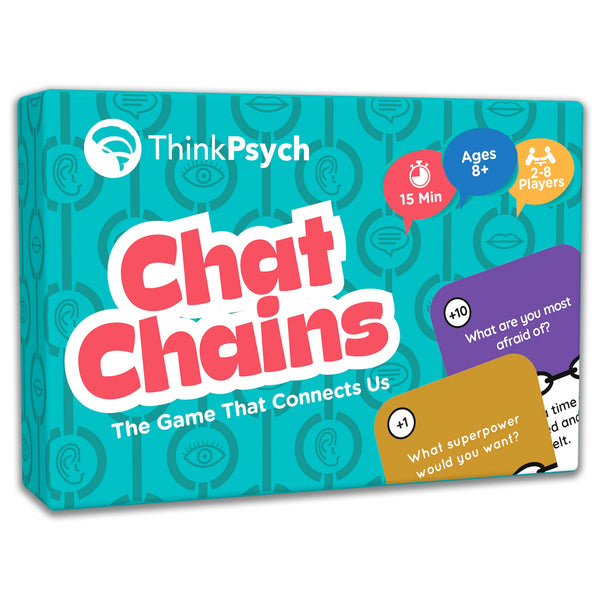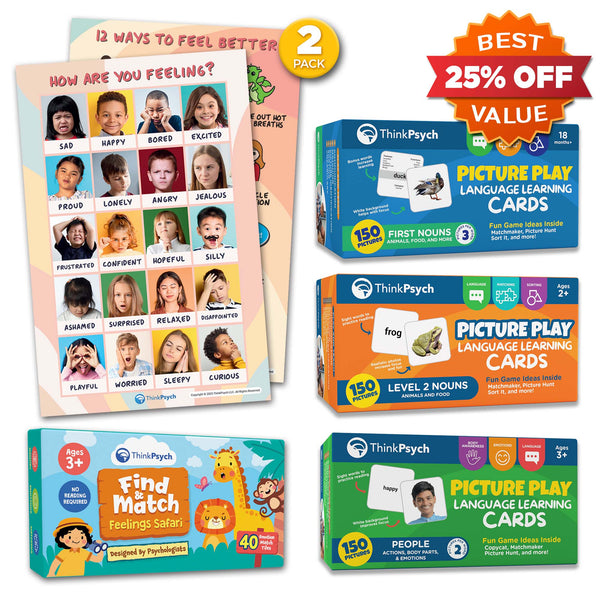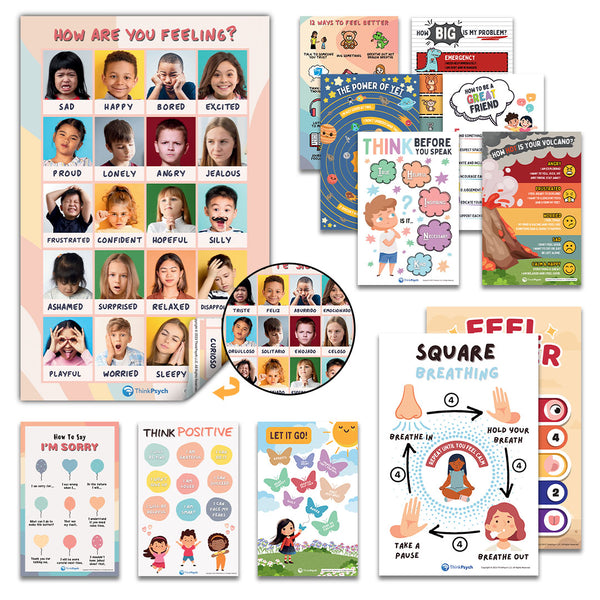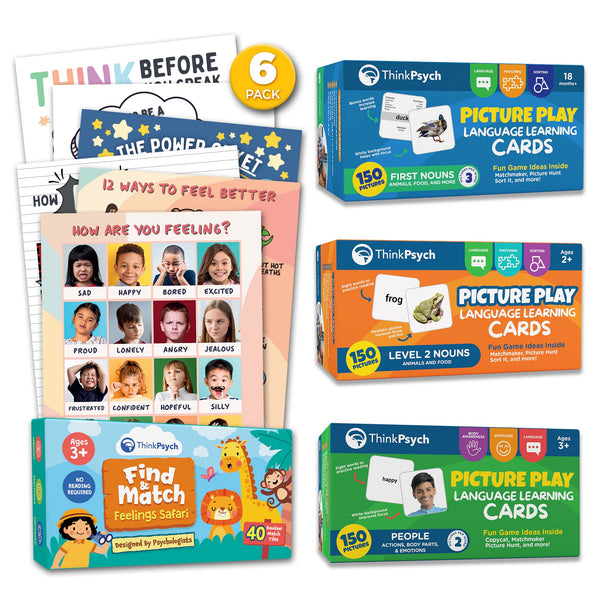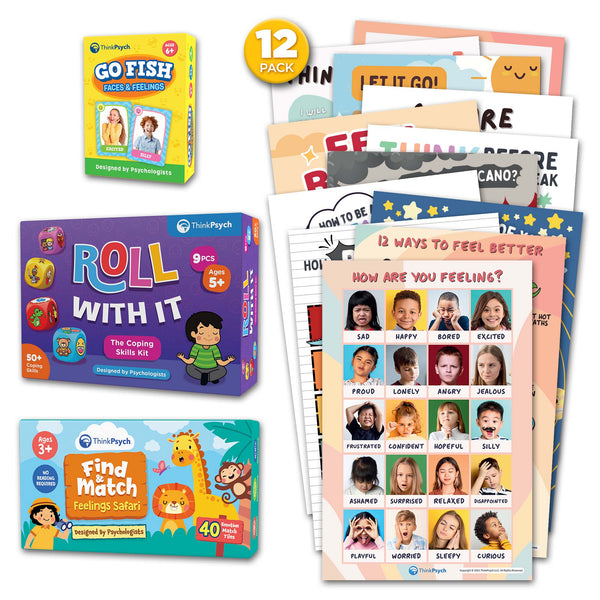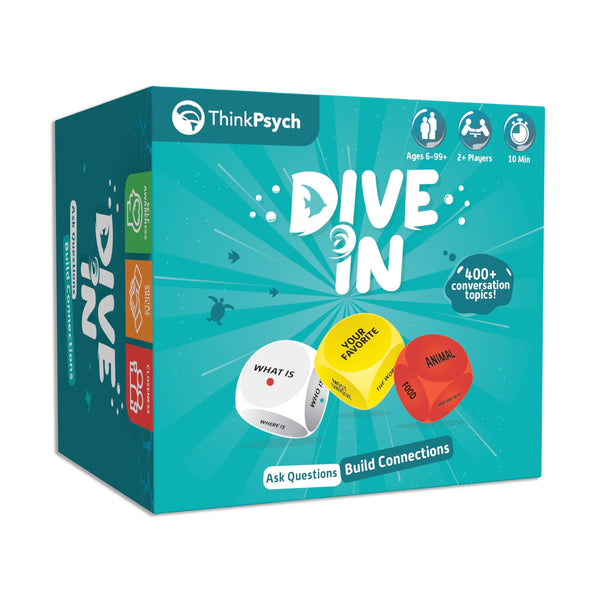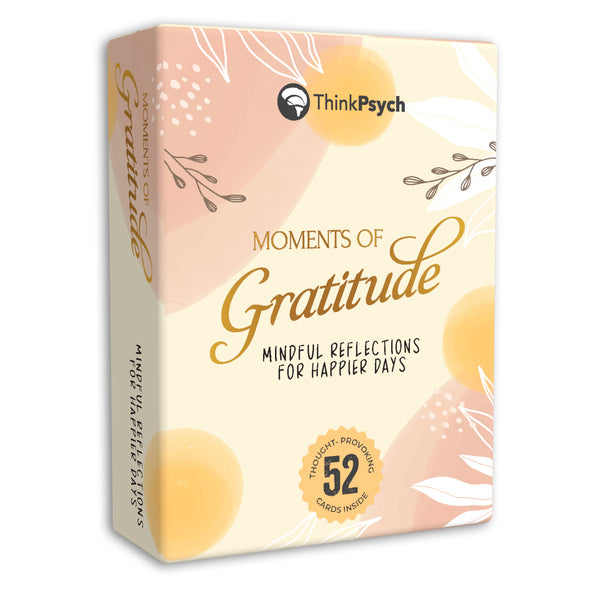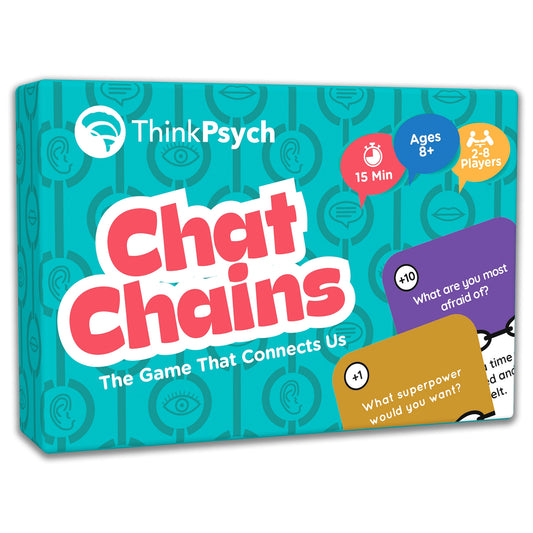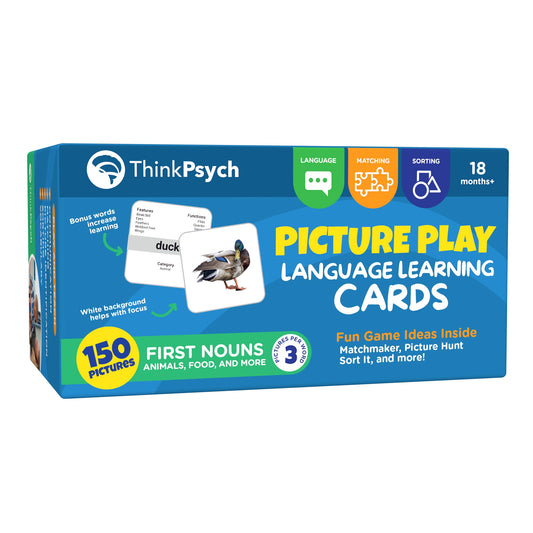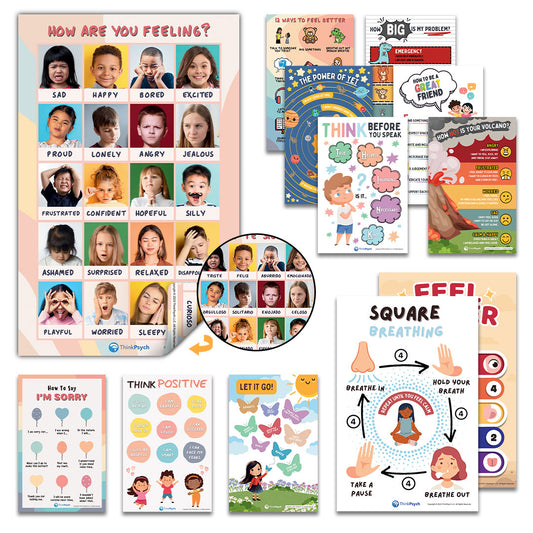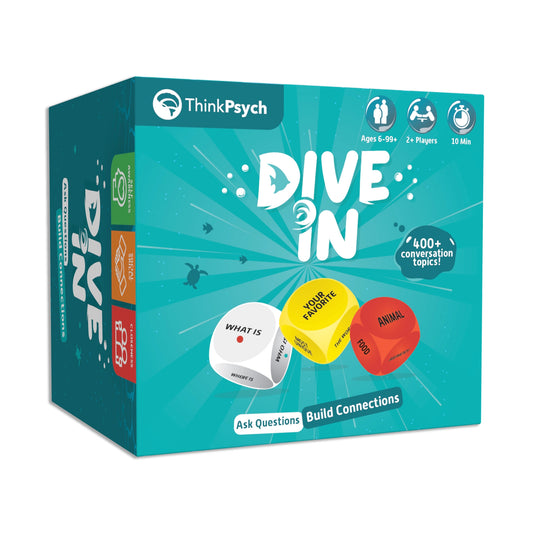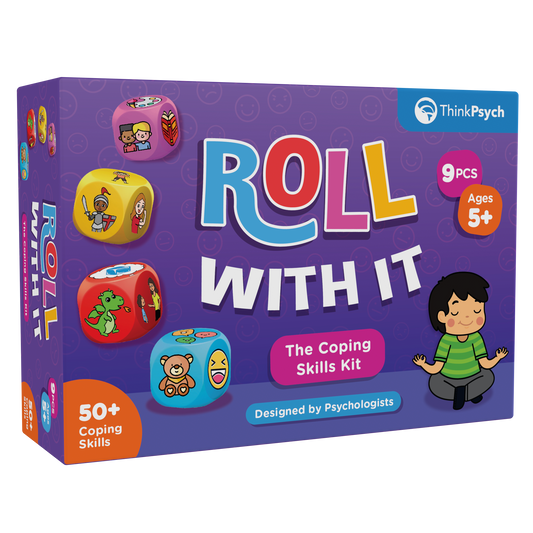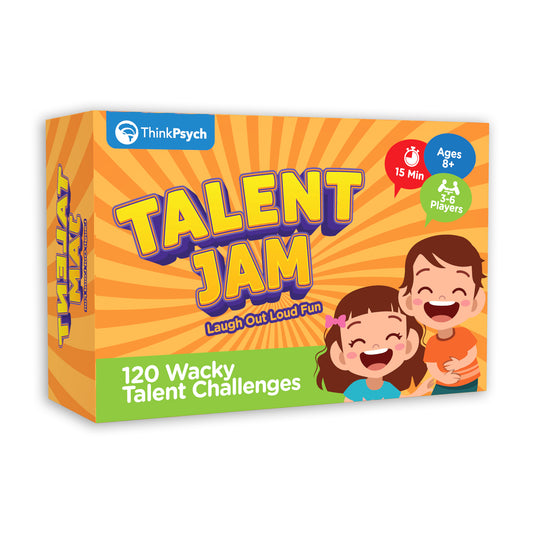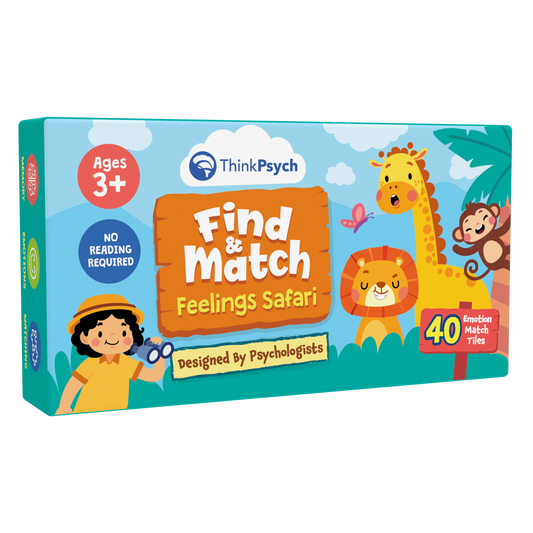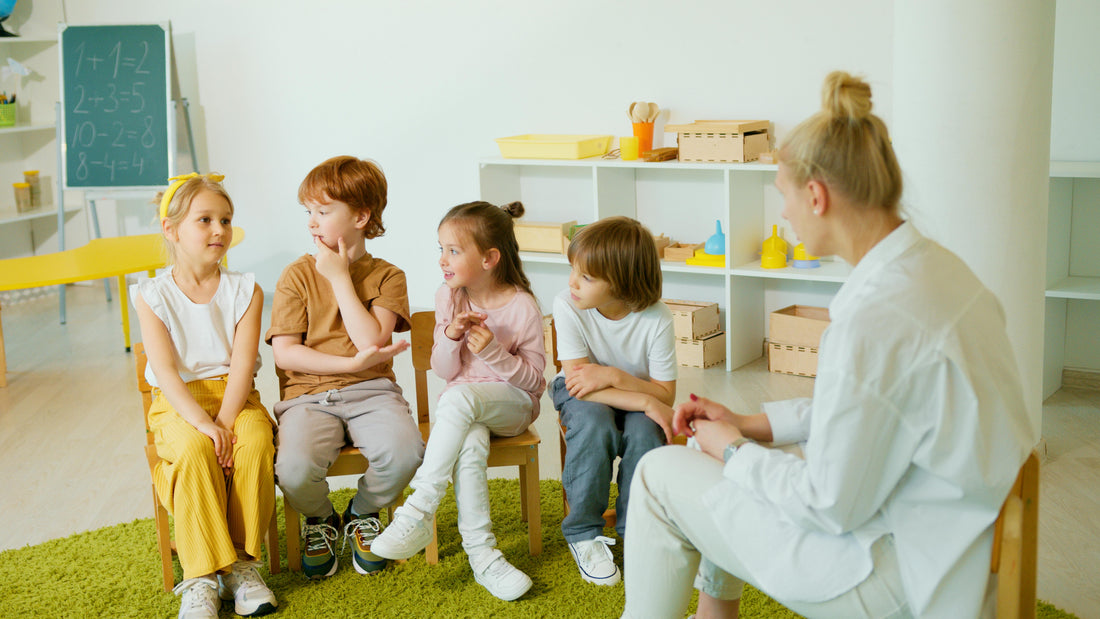
Building Language Skills Through IEP Goals
Share
Is your child struggling to find the right words? Do they have trouble following directions or expressing what they want? Language challenges can be frustrating for both you and your child, but there's good news—your child's IEP can provide a roadmap for language growth!
Why Language Skills Matter in Your Child's IEP
Language is the foundation for almost everything we do. It helps us connect with others, express our needs, understand the world around us, and succeed in school. When a child has language difficulties, it affects not just their ability to communicate but also their social interactions and academic progress.
Including specific language goals in your child's IEP creates targeted opportunities to build these essential skills step by step. With the right support, most children can make significant progress in both understanding language (receptive skills) and using language to communicate (expressive skills).
What Are Those Common Core Standards, Anyway?
During IEP meetings, you'll hear references to "Common Core Standards" that might sound like secret code. Let's break it down: these standards are simply guideposts that show what skills children typically develop at different grade levels.
When you see something like "L.K.5" in your child's paperwork, here's what it means: "L" stands for Language, "K" is the grade level (kindergarten), and "5" is the specific skill (in this case, exploring word relationships and meanings). Connecting your child's language goals to these standards ensures they're building skills that will help them access the regular curriculum alongside their peers.
Key Language Development Goals and Objectives
Let's explore some essential language development goals with specific objectives and helpful activities you can use at home and school.
Goal 1: The student will identify (label) items in their environment.
Objectives:
- Student will expressively label common objects when presented visually.
- Student will expressively label less common or more specific vocabulary when presented visually.
- Student will describe 1-2 features of common objects.
- Student will state the function of common objects.
- Student will describe differences between similar items using at least 2 descriptive attributes.
- Student will describe similarities between different items using at least 2 descriptive attributes.
Aligned Standards:
- L.K.5, L.1.5, L.2.5, L.3.5, L.4.5, L.5.5: Explore word relationships and nuances in word meanings
- L.K.6, L.1.6, L.2.6, L.3.6, L.4.6, L.5.6: Acquire and use grade-appropriate vocabulary
- RF.K.3, RF.1.3, RF.2.3, RF.3.3, RF.4.3: Apply grade-level phonics and word analysis skills
- RI.K.4, RI.1.4, RI.2.4, RI.3.4, RI.4.4, RI.5.4: Determine meanings of academic/domain-specific words
Activities to Support This Goal:
- Language Learning Cards: First Nouns and Level 2 Nouns: These cards provide visual support for learning common and more advanced vocabulary.
- Scavenger Hunt: Hide objects around your home or classroom and have children find and name each one.
- "I Spy": Play this classic game focusing on descriptive features ("I spy something round and red").
- Kitchen Helper: While cooking, ask your child to name kitchen tools and describe what they do. Ask them to name the ingredients too!
- Sorting Game: Group household items by function (things we use to clean, things we use to eat) and have your child explain why each item belongs in that category.
Goal 2: Student will request desired items.
Objectives:
- Student will emit at least five different requests in the presence of a desired item or activity.
- Student will emit at least two different requests to remove undesirable items or activities.
- Student will request for different missing items.
- Student will request information by asking questions with appropriate question words.
Aligned Standards:
- SL.K.6, SL.1.6, SL.2.6: Speak audibly and express thoughts, feelings, and ideas clearly
- SL.K.3, SL.1.3, SL.2.3, SL.3.3: Ask and answer questions
- L.K.1, L.1.1, L.2.1: Demonstrate command of English grammar when speaking
- L.K.5c, L.1.5c: Real-life connections between words and their use
Activities to Support This Goal:
- Language Learning Cards: Use these cards as visual prompts for practicing requests.
- Obstacle Course: Create situations where children need to ask for help or missing items to complete a fun activity.
- Dinner Table Practice: Place desired food items just out of reach so your child needs to ask for them.
- Question Cube: Make a cube with question words (who, what, where, when, why, how) on each side. Roll the cube and practice asking questions that start with that word.
- Dive In: This engaging question-building game uses colorful dice with question words (who, what, and where) that children combine to practice forming and asking appropriate questions.
- "Something's Missing": Set up a familiar activity but deliberately leave out a needed item so children must request it.
Goal 3: The student will demonstrate vocabulary comprehension.
Objectives:
Shop ThinkPsych Products
- Student will correctly identify (e.g., differentially look at, point to, or select) common objects, pictures, people, or body parts when named by staff.
- Given a verbal description of an item's features or function, student will select the corresponding item from a field of three.
Aligned Standards:
- RF.K.3, RF.1.3, RF.2.3, RF.3.3, RF.4.3: Apply phonics and word analysis skills
- L.K.4, L.1.4, L.2.4, L.3.4, L.4.4, L.5.4: Determine unknown word meanings
- L.K.5, L.1.5, L.2.5, L.3.5, L.4.5, L.5.5: Demonstrate understanding of word relationships
- RI.K.4, RI.1.4, RI.2.4, RI.3.4, RI.4.4, RI.5.4: Determine meanings of content-specific words
Activities to Support This Goal:
- Language Learning Cards: First Nouns, Level 2 Nouns, and People Set provide excellent visual supports.
- Simon Says: Give instructions involving body parts ("Simon says touch your elbow").
- Mystery Bag: Put objects in a bag and describe one without showing it. Have children guess what it is.
- Picture Book Detective: When reading, describe an object on the page and have children point to it.
- Riddles: Create simple riddles about household objects ("I'm thinking of something you use to brush your teeth").
Goal 4: The student will demonstrate the ability to follow directions.
Objectives:
- Student will do at least 4 motor actions on command.
- Student will follow 1-step directions related to common objects.
- Student will follow 2-step directions related to common objects.
Aligned Standards:
- RF.K.4, RF.1.4, RF.2.4, RF.3.4, RF.4.4: Read with sufficient accuracy and fluency
- SL.K.1a, SL.1.1a, SL.2.1a: Follow agreed-upon rules for discussions
- SL.K.2, SL.1.2, SL.2.2: Confirm understanding of information presented orally
- SL.K.3, SL.1.3, SL.2.3: Ask and answer questions about what a speaker says
- RI.K.10, RI.1.10, RI.2.10: Actively engage with text/comprehend informational texts
Activities to Support This Goal:
- Language Learning Cards: Use these cards to practice following directions about common objects.
- Obstacle Course: Create a simple course with verbal instructions ("Step over the pillow, then crawl under the table").
- Cooking Together: Give your child simple directions to help prepare a snack ("Put the bread on the plate, then spread the jelly on one piece of bread.").
- Direction Dice: Create dice with different actions written on each side. Roll and follow the direction.
- Treasure Hunt: Hide a prize and give one- or two-step directions to find it.
Goal 5: Student will demonstrate understanding that items belong to different categories.
Objectives:
- Student will sort common objects into basic categories (e.g., animals, food, furniture, school supplies, etc.).
- Student will categorize common items by class.
- Student will identify items that do not belong in a given category.
- Student will explain why certain items belong to specific categories.
Aligned Standards:
- L.K.5a, L.1.5a, L.2.5a, L.3.5a: Sort words into categories
- L.4.5c, L.5.5c: Understand relationship between particular words
- RI.K.3, RI.1.3, RI.2.3, RI.3.3: Describe connections between pieces of information
- RI.4.3, RI.5.3: Explain relationships between concepts
Activities to Support This Goal:
- Language Learning Cards: Have children sort First Nouns and Level 2 Nouns cards into categories.
- Grocery Game: While shopping, ask your child to identify all the fruits, vegetables, or dairy items.
- Sorting Boxes: Label boxes with different categories and have your child sort household items.
- Odd One Out: Show four pictures where three belong to one category and one doesn't. Ask children to identify the misfit and explain why. You can also do this activity with only three pictures to make it easier. Try using the First Nouns Language Learning Cards for this game!
- Category Scavenger Hunt: Ask your child to find three things that are tools, toys, or clothing items.
Making Language Goals Measurable
For children to make real progress, language goals need to be clear and measurable. Instead of "Johnny will get better at vocabulary," try something like: "When shown picture cards, Johnny will correctly label 8 out of 10 common household objects in 3 consecutive sessions."
The SMART framework works beautifully for language goals:
- Specific: Focus on particular language skills (naming objects, following directions)
- Measurable: Include numbers that can be tracked (such as "8 out of 10 times")
- Appropriate: Match the goal to the child's current abilities
- Relevant: Choose language skills that will help in everyday situations
- Time-bound: Set a timeline for checking progress
Supporting Language Development at Home
Language learning happens everywhere, not just in therapy sessions or in school! Try these everyday strategies:
- Narrate your actions: "I'm cutting the apple into slices for your snack."
- Give your child time to respond—count to 10 in your head before jumping in to help
- Build on what your child says: If they say "car," you might add "Yes, a blue car!"
- Create communication temptations: Put favorite toys in clear containers that need help opening
- Read daily, pausing to talk about pictures and ask simple questions
- Use everyday routines (bath time, meals, bedtime) as opportunities for consistent language practice
Your Child's Language Journey Matters
With thoughtful support both at school and home, your child can make meaningful progress in their language skills. Their IEP isn't just about checking boxes—it's about opening doors to communication, connection, and confidence.
Remember that language development is a marathon, not a sprint. Celebrate small victories, be patient with plateaus, and keep communication positive and pressure-free. By working closely with your child's teachers and speech therapists, you're giving them the gift of language that will serve them throughout life.
Sources:
- Individualized Education Programs (IEPs) https://kidshealth.org/en/parents/iep.html
- English Language Arts Standards: https://www.thecorestandards.org/ELA-Literacy/
